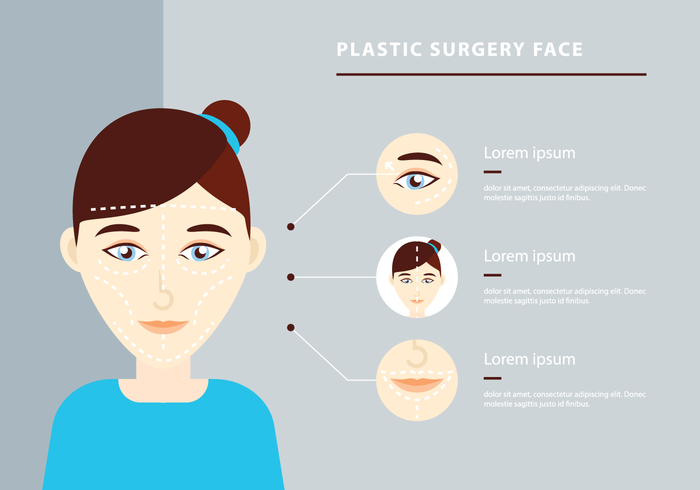What Is Post Inflammatory Hyperpigmentation
What Is Post Inflammatory Hyperpigmentation
Blog Article
Acne Scars and Post-Acne Care
Acne marks and dark marks can stay also after the blemish itself has actually removed. But there are several natural, over-the-counter and clinical treatments that can reduce their look.
Ice pick scars are little imprints that look like pinpricks; rolling scars have a wave-like appearance and shallow depth; boxcar scars have clear edges; hypertrophic scars are increased bumps. Treatments include skin needling, where your physician rolls a needle-studded gadget over the skin; and surgical excision, when a health care expert eliminate deep scars.
1. Scrub
Acne marks discolor best when they aren't covered with dead skin cells. Peeling eliminates the accumulation and enables fresh skin cells to find to the surface. It likewise makes acne scars less visible.
A skin specialist can suggest exfoliation methods for your specific skin type. Dry skin might gain from peeling with scrubs or various other mechanical techniques, while oily skin might need a chemical peel. Those with darker skin tones need to be mindful making use of more powerful chemical treatments, as they can trigger dark places and level of sensitivity.
If you have acne scars, avoid picking or squeezing at them, which can make them even worse. Swelling triggered by inflammation enhances the chance of scarring. Picking can leave ice-pick marks, which are slim imprints with a point at the end. You can also get boxcar marks, which are impressions with broader edges. You can also develop hypertrophic or keloid marks. These are increased bumps of scar tissue that can be scratchy and excruciating.
2. Hydrate
After finishing your acne therapy, maintaining skin clear and healthy requires a consistent skin care regimen that safeguards from breakouts and lowers post-acne marks. This consists of a gentle cleanser and cream, non-comedogenic items that don't clog pores, and staying clear of foods that aggravate skin or trigger acne flare-ups.
Utilizing a lightweight, non-comedogenic cream with active ingredients like hyaluronic acid and glycerin can assist hydrate skin while additionally boosting skin structure and advertising healing. Look for an item that is developed without fragrance or parabens.
An item that targets remaining acne marks with ingredients such as skin-brightening tranexamic acid and bakuchiol can boost dark areas or uneven tone brought on by swelling. It gently resurfaces the skin while smoothing harsh and textured locations. A product that combines a retinoid and a plant-based retinol choice can likewise improve the appearance of much deeper marks while at the same time targeting existing imperfections and stopping future breakouts.
3. Hide
When your acne scars recover, you can hide them with make-up and a concealer. Simply ensure you're only using the item over scars that are totally healed (not fresh ones), says Sotomayor. After that, finish your appearance with a strong lip shade or declaration smoky eye shadow for maximum influence.
When it concerns choosing a structure or tinted cream, it is essential to select one that is noncomedogenic and oil-free. This will certainly help maintain your skin clear and prevent the obstructing of pores that can result in brand-new breakouts.
The very same chooses selecting a concealer. Try to find a formula that offers complete coverage yet still feels light-weight and blendable on the skin. Also, when hiding imprints rejuvanad+ by penmix from acne marks, it's a great concept to discover a shade that matches your all-natural complexion (instead of a color lighter or darker). This will aid conceal the indents better. This nourishing balm is an exceptional option for lightening up and lightening post-inflammatory hyperpigmentation, which can be caused by acne or various other inflammatory skin conditions. It consists of hydrating panthenol, softening shea butter and enhancing peptides that reduce inflammation and flaky structure.
4. See Your Skin doctor
The scars that develop from severe acne usually require therapy by a doctor or skin specialist. Prior to that can happen, however, a person should have their acne in control. This includes not choosing or pressing acne spots, and making use of gentle cleansers and water-based non-comedogenic products that will not clog pores.
If pharmacy cleansers and place treatments aren't clearing your skin, timetable an appointment with a skin specialist. The skin doctor can recommend various other therapies that help clear your skin without drying it out or bothersome it.
A skin doctor can likewise deal with various other kinds of post-acne marks, including dark places that are a type of hyperpigmentation called PIH (post-inflammatory hyperpigmentation). A topical retinoid like adapalene can visibly lighten these marks and discolor them promptly. For other kinds of marks, the doctor can suggest a much more extensive treatment. This might consist of microdermabrasion or chemical peels off that are done right in the workplace. Depending on the intensity of your marks, these treatments may need to be duplicated.